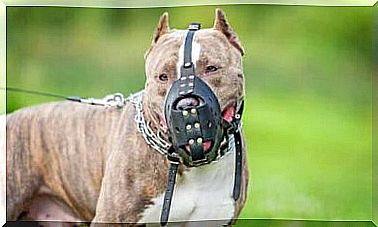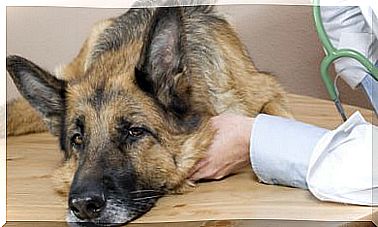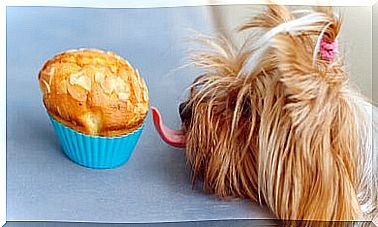Allergy To Cats: Here’s How To Treat It
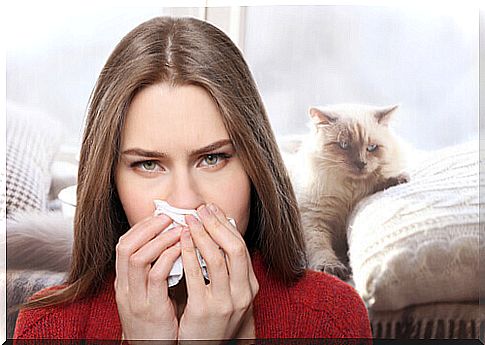
It is often believed that the cause of cat allergy is solely due to the animal’s fur. However, this is not entirely true information. The person responsible for this disorder hides in the dandruff that accumulates on the cat’s skin. If you have a small feline at home, it is possible that some family member or guest often suffers from allergies when they come to visit you. So here is a guide to avoiding such discomfort.
What causes cat allergy?
It is common to say that the culprit of the allergy is the cat’s fur, although this does not produce sneezing, red eyes, coughing or rashes at all. To better understand the origin of this reaction, we need to talk about a protein found in felines known as “ Fel d 1 ” which, although small in size, can be quite dangerous.
If this molecule is dispersed inside the house, spreading along with the dandruff produced by the cat, it can cause allergies. It goes without saying that this animal is very clean and spends many hours licking its fur. During this process, it releases flakes of dry skin, to which these annoying proteins attach themselves.
A person with an immune system that is more sensitive to substances like pollen and mites, or someone with asthma, is more likely to have cat allergies. This is because their defenses cannot deal with these microorganisms that fly back and forth in the environment.

Although the degree of cat allergy differs for each individual, there are other factors that can increase symptoms. For example, male felines produce more allergen secretions than females. This can be reduced by spaying the animal.
Tips for treating cat allergy
First, keep in mind that you can adopt a cat even if you are allergic. Are you surprised by this statement? Well, let’s see together how to improve coexistence with one of these beautiful domestic cats:
1. Leave a “cat-free” room free
It can be your room or that of your children: the animal is not allowed to enter there, especially if there are carpets on the floor. This way, for a few hours a day – or at night – you won’t be in close contact with allergens.
Of course you can’t stop the particles from flying around the house, but you can reduce their incidence in that particular room, which is not allowed to the animal.
2. Say goodbye to certain fabrics
As we said before, carpets are a great place for dandruff and allergens to build up. The same happens with some sofas, curtains and cushions. Therefore, we recommend that you minimize this type of object, using furniture without fabrics and a little more minimalist.
Opt for materials that are easier to wash or cover the furniture with plastic. In the case of fabrics that don’t repel dust, you should wash them often enough to get rid of dandruff and avoid cat allergy.
3. Use an air purifier
They are quite inexpensive and easy to find, because they are widely used in homes where allergic people live, since they avoid the dryness of the environment. Your purifier must use a special filter called HEPA – or similar – to filter out air particles efficiently.
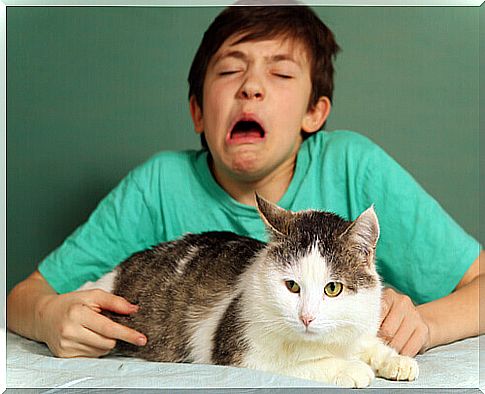
4. Vacuum
House cleaning is essential to avoid the accumulation of hair and other microorganisms. We recommend that you vacuum at least once a week, including the cat room.
Since sweeping with the broom “raises” more dust and can accentuate symptoms, this appliance can be very useful. Maybe choose a model that contains special accessories to be able to treat carpets, sofas, etc.
5. Brush your cat
Finally, it is essential to remove excess hair and dead cells from your pet’s skin. Although the cat cleans itself, this is not enough to eliminate dandruff and, therefore, allergens.
Brushing your cat must become a constant in the care you dedicate to your pet feline. Try to get used to it from when it is a puppy and do everything to make it a positive and enjoyable experience . This way, you will prevent the cat from running away when it sees the comb or, even worse, from biting or scratching you while you brush it.
Finally, do not forget to regularly clean the kennel and all other objects used by your four-legged friend. This is where most of the allergy-causing particles accumulate.
